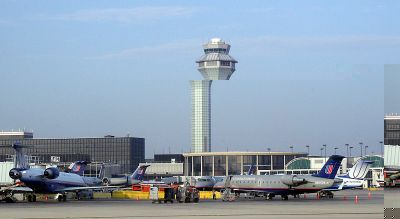Middle East leads airline recovery

New data released November 30 by the International Air Transport Association (IATA) has suggested that strong growth in the Middle East and Latin America is dragging the overall international air industry back into positive growth levels.
Passenger traffic across the worldwide industry has risen, albeit by only 0.5 percent, for October 2009 compared to October 2008. However, the year-on-year rise for Middle Eastern carriers was a healthy 14.3 percent, helping to reduce the average declines experienced in Europe (-3 percent) and North America (-2.3 percent). Latin America showed growth of 9 percent and Asia-Pacific a slight rise of 0.9 percent.
The monthly rise is good news for the beleaguered airline industry, which has been severely affected by the economic downturn. Overall year-to-date growth remains in negative levels for both passenger and cargo flights, down 4.7 percent and 14.9 percent respectively. IATA is warning that it will take time and careful management to nurture growth back to pre-crisis levels.
"The crisis has cost the industry two years of growth. Adjusting costs and capacity to meet that reality will be challenging," said Giovanni Bisignani, IATA's director general and CEO.
On average throughout October, flights were 78 percent full, higher than the year-to-date figure of 75.3 percent.
Join our commenting forum
Join thought-provoking conversations, follow other Independent readers and see their replies
0Comments